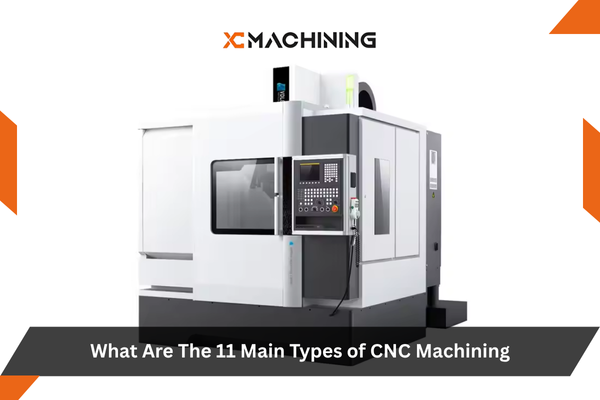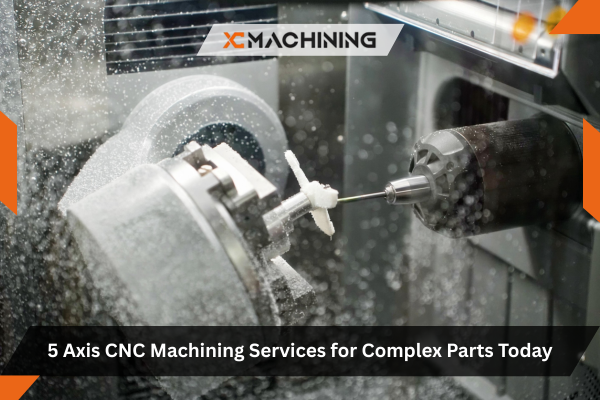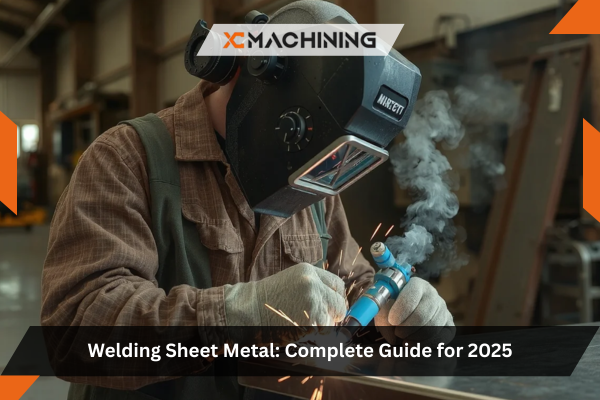Have you ever gazed at a perfectly shaped metal part and wondered how it was made so precisely? In fact, many industries rely on precise shapes and flawless finishes to keep their products at the top of the market. Yet, the question remains: How do they achieve such accuracy? In short, the secret lies in various types of CNC machining. Here is a quick summary:
- Each CNC method suits specific materials and shapes.
- You can explore exciting paths with custom CNC machining.
- Every approach reduces human error and ensures tighter tolerances.
- An affordable CNC machine can do wonders for beginners.
- Learning from a CNC machining expert boosts success.
Up next, you will learn about the 11 core methods, see how they differ, and discover which one might best fit your needs. We will also highlight crucial tips for success, ensuring you make the most informed choice.
Types of CNC Machining: Basic Overview
Computer Numerical Control (CNC) refers to machines that follow precise, software-generated instructions to cut and shape materials. Meanwhile, these machines use code to guide every motion, which makes the process incredibly exact. Moreover, everything from automotive to aerospace projects often relies on these systems to deliver outstanding results.
Why Precision Matters
Accuracy is at the heart of all types of CNC machining. After all, a small error can ruin an entire batch of parts. Consequently, relying on a system that uses computer-driven movements allows you to achieve perfect shapes, saving both time and resources.
The Role Of Software
CAD/CAM software converts your design into G-code, which tells the machine where to move and how fast. Therefore, any tweak in software settings can completely change your final product. In addition, advanced features allow for complex cuts without jeopardizing consistency.
Popular Materials Used
Virtually any material can be processed using types of CNC machining. For instance, metals, plastics, composites, and even wood are common. Furthermore, selecting the correct process for each material ensures fewer errors. Ultimately, pairing the right machine with the right substance leads to smoother operations.
CNC Milling
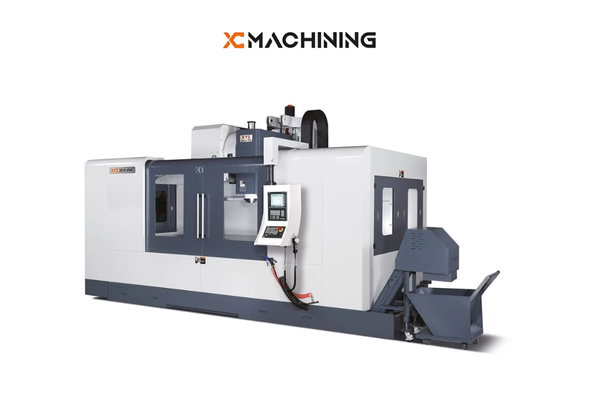
CNC Milling stands out as one of the most popular types of CNC machining. Essentially, this process involves a spinning cutter that removes material from a stationary workpiece. Additionally, it works wonders for creating 2D or 3D shapes that require multiple steps.
- Key Advantages:
- Produces intricate surfaces
- Handles metals and plastics
- Excellent for prototypes
Moreover, CNC Milling often partners well with custom CNC machining tasks. Due to computerized controls, you can precisely manage the cutter’s speed, depth, and angle. As a result, your part emerges with each desired detail perfectly shaped.
CNC Turning
Unlike milling, CNC Turning rotates the workpiece rather than the tool. Indeed, you might imagine a piece of clay spinning on a potter’s wheel, except here, you shape metal or plastic rods. Consequently, it’s perfect for creating cylindrical or conical parts.
- Best For:
- Shafts and pipes
- Round or curved CNC machine parts
- Quick production of large volumes
Because the material spins rapidly, you must carefully calibrate feed rates to avoid distortions. Nonetheless, the end result is a smooth, uniform component that meets tight tolerances. Thanks to CNC automation, you also minimize operator error.
CNC Drilling
Drilling may sound basic, but it remains essential among the types of CNC machining. In fact, holes are critical for screws, fasteners, and alignment pins in countless applications. With CNC Drilling, each hole is placed at the exact coordinate you specify.
- Precise hole placement
- Consistent diameters
- Quick multi-hole sequences
- Adaptable to many materials
Additionally, some CNC Drilling machines combine tapping or countersinking in the same operation. Hence, you get more done in less time, which is especially helpful in mass-production environments.
CNC Grinding
CNC Grinding polishes or refines surfaces using abrasive wheels. Clearly, it is often the last step to deliver a refined finish on metals. Therefore, items like engine components or tool edges benefit greatly from this process.
Info: Proper wheel selection is vital. Harder metals may need specialized abrasives, while softer materials typically use less aggressive wheels.
Because grinding removes tiny bits of material at a time, you get a smooth, polished result. Undoubtedly, that high sheen can be crucial for parts exposed to wear and friction.
CNC Routing
CNC Routing focuses mainly on softer materials such as wood or composites. Essentially, think of it as milling’s cousin but with a faster spinning router that glides across wide surfaces. Because of its speed, CNC Routing remains a go-to choice for sign-making and cabinetry.
Bullet Points for CNC Routing
- Ideal for wood or foam
- Creates intricate engravings
- Fast, high-speed shaping
Additionally, it can cut plastic or softer metals at times. Moreover, if you need an affordable CNC machine for less dense materials, a CNC Router might be a perfect fit.
CNC Plasma Cutting
When you need to slice through thick metal sheets quickly, you can turn to CNC Plasma Cutting. High-temperature ionized gas—known as plasma—melts through the material while directed by computerized controls. As a result, you get crisp outlines in record time.
Danger: Plasma torches run extremely hot. Always maintain safety gear and proper ventilation to avoid burns or inhalation risks.
Though it delivers speedy cuts, it is primarily used for shapes without ultra-fine details. Nevertheless, if large metal panels or steel plates are your focus, CNC Plasma Cutting excels.
CNC Laser Cutting
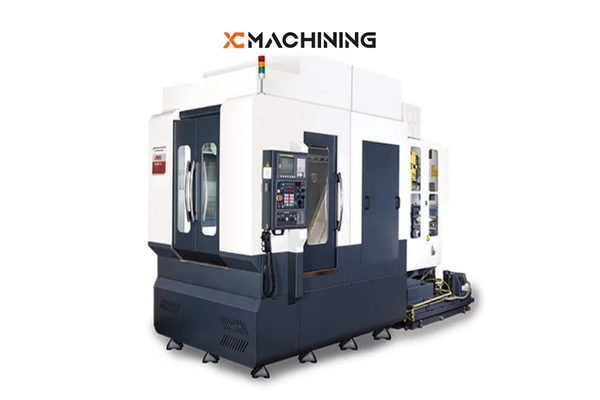
CNC Laser Cutting relies on a concentrated light beam to slice through materials. Hence, the heat from the laser beam vaporizes or melts a narrow path, achieving tight tolerances. Meanwhile, operators can manipulate the beam to create extremely intricate designs.
- Benefits Of Laser Cutting:
- Minimal material distortion
- Sharp, detailed edges
- Usable on acrylic, metals, and plastics
Notably, this method suits industries that demand precision and aesthetic appeal. For example, jewelry, electronics, and decorative items often shine with laser-cut edges.
CNC Waterjet Cutting
CNC Waterjet Cutting uses high-pressure water, sometimes mixed with an abrasive, to slice through various materials. Importantly, it keeps temperatures low, preventing heat damage. Consequently, materials like stone, glass, or metal remain free from structural changes.
Warnings Box
Stand clear of the waterjet’s path. Its intense pressure can cut through thick metals and can cause severe injuries if mishandled.
Compared to other types of CNC machining, waterjets are slower. However, they maintain remarkable versatility, especially for brittle materials that might crack under heat.
CNC Boring
CNC Boring refines or enlarges holes that already exist. In essence, it’s about achieving precise internal diameters and smooth inner surfaces. Consequently, industries like automotive, agriculture, and aerospace often rely on boring for engine blocks or turbine components.
Bullet Points for CNC Boring
- Enhances existing holes
- Ensures smooth internal finishes
- Tightens dimensional tolerance
After drilling a rough opening, you can use boring for precision. Hence, it is an excellent complement to standard drilling steps, giving you a final, polished cavity.
CNC Electrical Discharge Machining (EDM)
CNC EDM harnesses electrical sparks to erode metal in a dielectric fluid. Indeed, it’s an eye-catching method that easily works on extremely hard metals. Thus, molds, dies, and other high-strength CNC machine parts can be formed accurately.
Fact: The electrode never physically touches the workpiece. Instead, electric arcs repeatedly strike the metal until the desired shape appears.
Even though it’s slower than other methods, EDM stands out when conventional cutting might fail. Ultimately, you can fabricate sharp internal corners or elaborate cavities on challenging metals.
CNC Sawing
CNC Sawing might sound basic, yet it remains a practical choice for straight or angled cuts on bars, tubes, and sheets. Above all, it’s an automated version of what you might do with a handheld saw—only faster and more precise.
Key benefits:
- Straight or angled cuts
- Works on tubes, bars, or plates
- Cost-effective for bulk material prep
Additionally, you can feed large batches through a sawing station for rapid length cuts. Because it’s less complex than milling or turning, saws often handle initial shaping before finer processes begin.
Table: 11 Main Types of CNC Machining at a Glance
| Process | Primary Use | Ideal Materials | Precision Level |
|---|---|---|---|
| Milling | 2D/3D Parts | Metals, Plastics | High |
| Turning | Cylindrical Shapes | Metals, Plastics | Very High |
| Drilling | Accurate Hole Placement | Metals, Woods, Plastics | High |
| Grinding | Polishing & Fine Finishes | Metals | Ultra-High |
| Routing | Fast Shaping of Soft Materials | Wood, Composites | Moderate to High |
| Plasma Cutting | Quick Cuts in Thick Metals | Conductive Metals | Medium (Large Outlines) |
| Laser Cutting | Intricate Detail & Thin Sheet Cuts | Metal, Acrylic, Plastics | Very High |
| Waterjet Cutting | Cold Cutting of Various Materials | Metal, Glass, Stone | High |
| Boring | Enlarging Existing Holes | Metals | High |
| EDM | Eroding Hard Metals with Sparks | Hardened Alloys | Extremely High |
| Sawing | Straight/Angled Bulk Cuts | Bars, Tubes, Plates | Moderate |
This table offers a concise overview, ensuring you choose the right solution among these types of CNC machining.
Conclusion
Here’s your updated paragraph with the focus keyword types of CNC machining included two times:
In conclusion, you now have an in-depth view of 11 different types of CNC machining, ranging from CNC Milling and CNC Turning to CNC Sawing. Consequently, each method caters to specific tasks, materials, and precision levels. More importantly, adopting the proper process can transform your production experience, whether you’re a casual maker, a professional designer, or a CNC machining expert.
Indeed, the key is pairing your application with the ideal technology. By doing so, you’ll maximize efficiency and get accurate CNC machine parts every time. Exploring different types of CNC machining ensures you find the right fit for your project needs. Finally, don’t forget that you can always invest in an affordable CNC machine once you are ready to explore the endless possibilities of custom CNC machining.
Let me know if you’d like it shortened or SEO-optimized further!
FAQs
Why are there so many types of CNC machining?
Different machines fit different materials and shapes, ensuring precise results across various industries.
Which CNC method is best for delicate materials?
Waterjet Cutting is ideal because it avoids heat damage by using a pressurized water stream.
How can I reduce costs with CNC processes?
Choose an affordable CNC machine aligned with your project needs, and optimize your design to minimize wasted material.
Can a single project involve multiple CNC methods?
Yes, many industries use combined techniques, like saw cutting followed by milling, to get a final part with tight tolerances.
Is it difficult to learn custom CNC machining?
With the right resources and consistent practice, it becomes easier. Moreover, software has become user-friendly, aiding beginners significantly.

